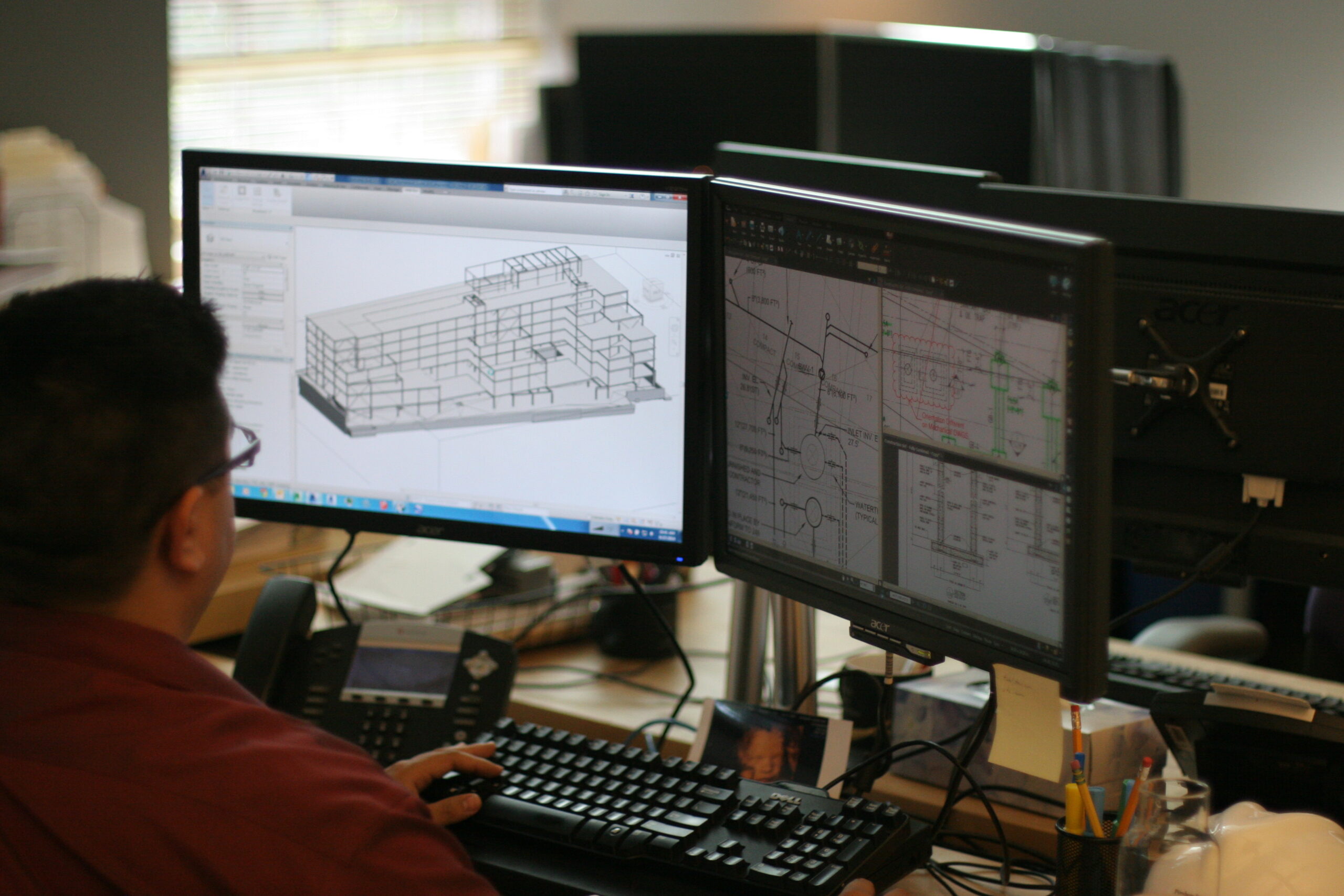Tocci Featured in Architect’s Newspaper
Share

Construction Managers: A Slow-to-Change Industry Takes Small Steps Toward BIM Excerpt from “Super Modeling”.
Taken as a whole, the construction management industry in the U.S. is a long way from integrating BIM into its business. Few construction management (CM) firms keep people on staff who know how to use CAD, let alone the myriad 3D modeling software that falls collectively under the moniker BIM. Fewer still know what BIM is or how it might aid the construction process. In part, this is because building information modeling (BIM) has yet to become the standard of the AEC industry in general, and many in the business have only just gotten used to the evolution that led us from hand drawings to CAD. Is it time for something new already?
Laura Handler thinks it is. Handler is a building information modeler at Tocci Building Corporation, a mid-sized CM firm in Woburn, Massachusetts, that has been actively implementing and promoting the use of BIM. “With BIM, you can build a building virtually as a 3D model before you build it on site,” she said, “which means you can find out if it is constructive and what it is going to cost earlier.”
In the bottom-line-driven business of construction management, understanding cost and constructability early in the process offer the distinct benefit of allowing CMs to generate more accurate schedules and estimates. BIM also allows CMs to run clash-detection tests and MEP coordination long before work begins in the field, which can lead to real savings in construction costs.
In addition to streamlining construction preparation, BIM could have its uses in the field. “The labor force isn’t as skilled as it once was and there is often a language barrier between supervisors and workers,” said Handler. “With BIM you could show the labor force what they were going to do that day in a movie.”
Getting building information models to perform optimally, however, requires a high level of detail in the models themselves. And getting a high level of detail in the models requires a high level of coordination between architects, engineers, building owners, construction managers, and subcontractors. “Ideally,” said Handler, “everyone from the architect to the building super would be working with a 3D model.”
But not everyone is ready to jump on the BIM wagon and this, in addition to the cost of its implementation, may be the biggest roadblock to the process’ widespread adoption. Skanska USA and Gilbane currently use BIM for visualization, safety/logistics plans, visual schedules, and constructability reviews, but most large CM firms haven’t made it a priority. And why should they when there is still resistance from clients who aren’t ready to sign checks for a building model whose benefits they can’t readily see? Many architects fear that BIM will strip primary authorship of a building out of their hands while pushing more of the liability for the finished product upon them. And many subcontractors, whose businesses thrive from the additional fees they receive from errors in the number of materials ordered and delays in schedule, are hesitant to adopt a process that may potentially eliminate those bumps altogether.
Nonetheless, BIM seems to be inevitable. Predictably, Europe, Australia, and much of Asia are far ahead of the U.S. in integrating BIM throughout its AEC industry.
I predict it will take six to eight years before BIM is standard in the construction business. Some CMs are jumping on BIM now, others are waiting for architects to lead the way.
Laura Handler, Building Information Modeler at Tocci